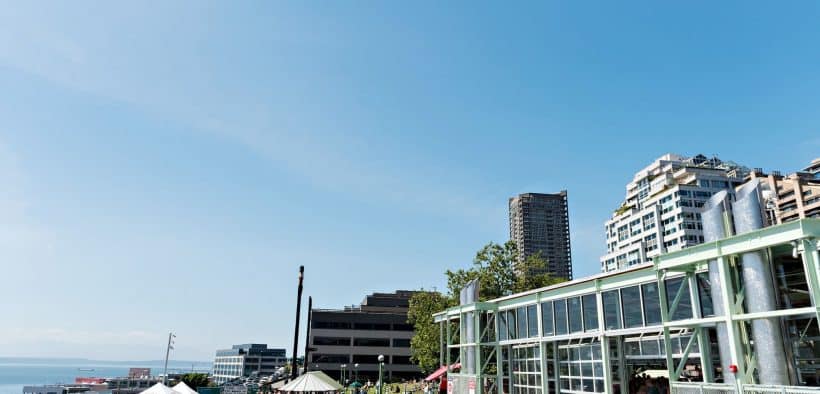$160 Million Tax for Makeover of Seattle’s Waterfront

The Seattle City will now see a new park, a promenade and a pedestrian connection to Pike Place Market after the demolition of the Alaskan Way Viaduct. Mayor Jenny Durkan announced this plan last Thursday.
And the City officials have now reached a consensus with the city dwellers on taxation of the downtown property owners to fund the project.
It has been a month that closed-door meetings and a series of negotiations are happening. The agreement between the Durkan administration and the property owners clears the way for the mayor to propose legislation creating a $160 million local improvement district (LID) for the $712 million waterfront project. This also includes the construction of a new Alaskan Way, a landing where the Seattle Aquarium intends to build a pavilion with a shark exhibit and walking improvements for nearby streets.
There has been another $200 million LID existing around the corner, but the new plan is $40 million short of the fund which will be covered by private donations and the city’s existing commercial-parking tax.
The LIDs are authorized by State laws and the laws state to generate money for infrastructure projects by assessing nearby property owners who stand to benefit through property-value increases. The property owners should pay a percentage of their anticipated benefits which may come from the project and the properties nearer to the project would pay more than the farther properties owing to the anticipated benefits.
Along with the LID, the administration also has made a plan to change the city’s waterfront which will require $249 million. $193 million will come from the state and the rest $110 million from the private donors.
The new legislation on the waterfront will commit the non-profit organizations to raise $110 million which will have the partnership with the state to manage the new proposed public place.
There are chances of change in the proposed LID which stretches from the T-Mobile Park to Denny Way and from Elliott Bay to Interstate 5, as the City council is yet to take up the legislation.
Terming the project ‘more than worth it’ for the property owners at stake Durkan also showed confidence in the City Council regarding the clear passage of the legislation.
As per the proposal, the median commercial property owner in the LID area would pay $5900, and the median pay for the condominium owner would stand at $1900. It will also affect the rental agreement with $1040 approximately, and it would be finally on the landlords to decide how much to pass on the tenants. The property owners will have the option to choose whether they can make the full payment right away or in installments over 20 years with interest.
The mayor described the waterfront as monumental. It would attract more visitors to the city from around the world, and she hoped it would give competition to New York City’s High Line, Vancouver’s Stanley Park and Seattle’s own Space Needle.
The city administration’s plan was to take the legislation to the City Council in November, but that was delayed because of the negotiations with property owners who have the power to veto the whole plan with a certain amount of opposition.
The path to the plan has not been without hiccups. Protest letters have reached the City administration’s office stating that more than 60 percent money will be blocked in the waterfront only and some had issues with homeless camping. But, in time every issue has been resolved.
The city has many condo owners than big property owners downtown, but the commercial property owners had the highest say owing to the size of properties they had with them.
Downtown Seattle Association in a statement said that the legislation for the LID and the waterfront was a welcome step; and the clean, safe and attractive water park will attract tourists augmenting the city’s economy.
The deal has limited LID tax to $160 million and at least $4.8 million per year will be collected for Waterfront public-space maintenance and operation starting from 2023.
The agreement also says that it would let the group of property owners weigh in on the new park’s design and create an oversight committee for the waterfront’s management with seats for LID property owners, community members and non-profit organizations.
It is indeed a good step if the waterfront will be able to create financial and economic avenues for the city. Even if it does not the new landmark in the city will be an added advantage. We should expect the plan to be approved by the city council without much delay so that project can be started at the earliest.




